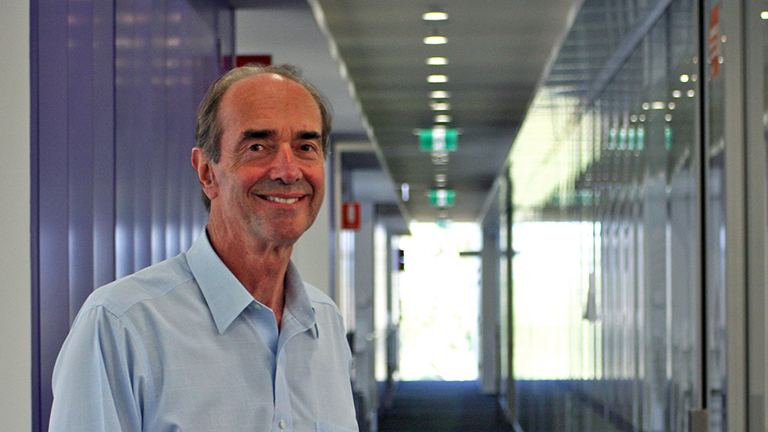In Australia approximately 2,107 babies are stillborn each year, a tragedy for the parents and families and a major public health problem that our nation needs to address, as suggested in many submissions to the recent Australian Government Senate Committee on Stillbirth Research and Education.

Duration: Two and a half years
Principal Investigator(s): Laureate Professor Roger Smith AM, Professor Craig Pennell and Dr Kaushik Maiti
Institute: Hunter Medical Research Institute and The University of Newcastle
Funded amount: $100,000
Understanding stillbirth
Background
In Australia approximately 2,107 babies are stillborn each year, a tragedy for the parents and families and a major public health problem that our nation needs to address, as suggested in many submissions to the recent Australian Government Senate Committee on Stillbirth Research and Education.
The survival of the fetus is totally dependent on the effective functioning of the placenta. The growing baby requires more and more nutrients, especially evident from 36 weeks of gestation. If the placenta is functioning poorly, the baby is at risk of fetal growth (FGR). As the placenta ages as the pregnancy advances, stillbirth becomes increasingly likely, particularly after 39 completed weeks of gestation. There is an urgent need for better methods to detect that the baby is at risk of stillbirth.
It is known that aging of the placenta is associated with stillbirth; this project will define the biochemical pathways involved in the process of placental aging. The project will also define which markers of placental aging are released into the maternal blood in small structures known as exosomes. This knowledge will be used in the future to develop blood tests to predict which women are at risk of experiencing a stillbirth to enable the delivery of the baby before death occurs. The project will be conducted by investigators with published expertise in placental aging who have established novel techniques to detect placental exosomes using flow cytometry
Our goal is aligned with that of Red Nose— a future where no child dies suddenly and unexpectedly during pregnancy.
The Research Team:
Laureate Professor Roger Smith AM has over thirty years of exceptional scientific leadership and skills in reproduction related research as evidenced by his Distinguished Scientist Award from the Society of Reproductive Investigation in Paris, March 2019. Prof Smith is the first person from the Southern hemisphere to be recognised by this award. He has previously received the Australasian Medal of the British Endocrine Society and the University of Siena Prize for Interdisciplinary Research, Fellowship of the ANZCOG and SRB, and Order of Australia for his contributions to women’s health and Indigenous health. In July 2019 Prof Smith will give the invited Sharpey-Schafer Prize Lecture at Physiology 2019 in Aberdeen.
Dr Kaushik Maiti gained his PhD degree in molecular endocrinology in 2004. In his PhD he worked on gonadotropin releasing hormone (GnRH) and its G-protein coupled receptors (GPCR). He developed an antagonist for type-2 gonadotropin releasing hormone receptor. This can inhibit the growth of prostate cancer cells both in vitro and in vivo and thus have a great potential a therapeutic in treating prostate cancer. In 2006 he joined as postdoctoral fellow in Ohio State University, USA. During this time, he gained experiences in estrogenic regulation of contraction of vascular smooth muscles. He has been working as Research Officer in Mother and Babies Research Centre (MBRC), University of Newcastle, Australia from 2007 to present. He is currently investigating the ageing of the placenta which can be linked to unexplained antepartum stillbirth.
Professor Craig Pennell is Chair of Obstetrics and Gynaecology, School of Medicine and Public Health, Faculty of Health and Medicine and Professor Maternal Fetal Medicine at the University of Newcastle. He works clinically as a subspecialist in Maternal Fetal Medicine at the John Hunter Hospital in Newcastle and is a principal researcher at the Hunter Medical Research Institute. Professor Pennell has managed high risk pregnancies as a subspecialist for over 15 years in Canada, Perth, and now Newcastle. His clinical work focuses on preterm birth prevention and pregnancy after stillbirth; he has managed more than 1500 women’s pregnancies after stillbirth. In 2012 he was awarded the Pride of Australia Award for Care and Compassion after he was nominated by his patients. His current research is focused on the prediction of preterm birth in early pregnancy, the impact of ethnicity and migration on stillbirth and the role of genetics in the relationship between early life events and adult disease.
